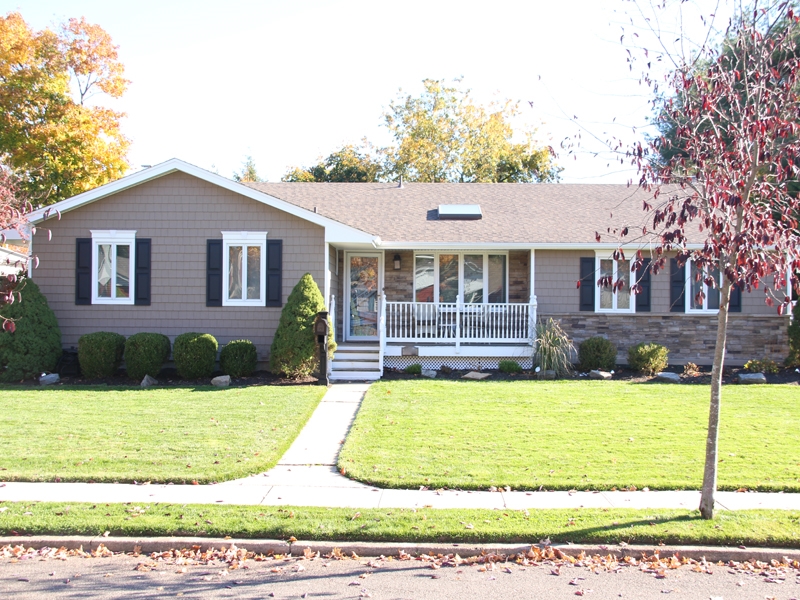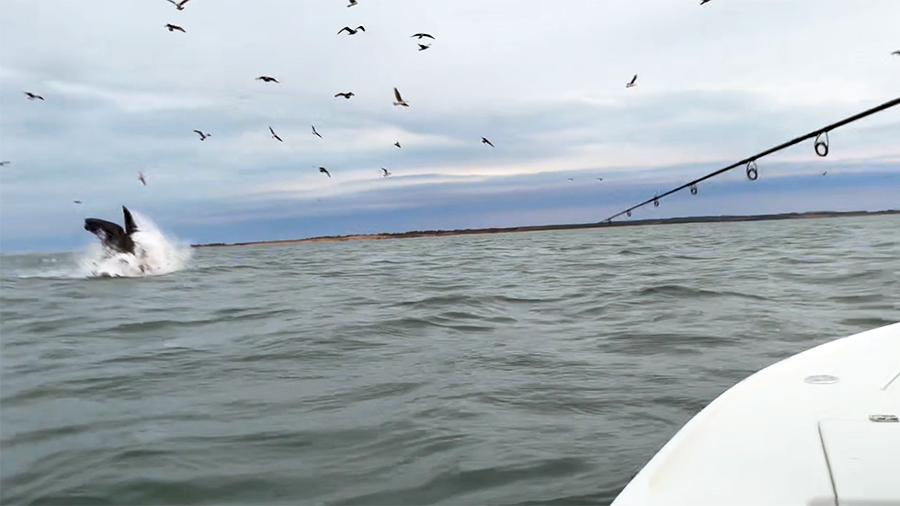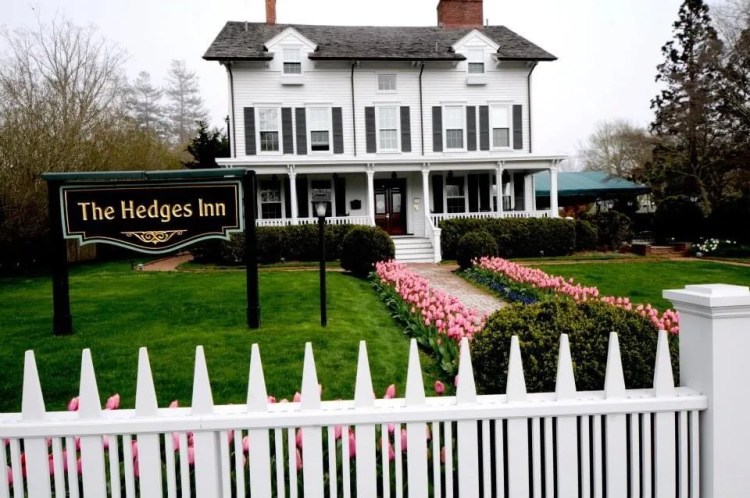Sponsored Content Brought To You By Alure Home Improvements
If you want to accentuate your home’s curb appeal and make your house more energy efficient, then it’s time you consider new vinyl siding. From cultured stone to weathered cedar shake, your friends at Alure Home Improvements have got what you’re looking for. They’ll be happy to show you the latest advances in vinyl technology because it isn’t what it used to be.
“The materials continue to improve—and right now they are the best they’ve ever been,” says Michael Gervasi, Alure Home Improvements’ director of sales, exterior division. There’s vastly superior insulation, more trim options, longer lasting color retention, better engineering design, and lasting durability.
“More Energy Efficient options also exist to complement the siding installation,” Gervasi says.
Because wood absorbs water, it can swell, rot, warp and crack. Not vinyl, which is mostly maintenance-free. It never requires a coat of paint. Made primarily from polyvinyl chloride, vinyl siding has come a long way since it was first introduced to the exterior cladding market in the early 1960s. Traditional styles include clapboard, Dutchlap, beaded, vertical and faux cedar, and they come in a broad palette of colors, profiles and architectural trims to let owners make the home of their dreams.
One product that’s gotten attention is Versetta Stone® panelized stone veneer, made from lightweight recycled aggregate material that weighs about one-quarter the mass of full-thickness stone. It can be used outdoors and inside, to convey an upscale look, Gervasi says. But he’s excited about the latest development in this field.
“What is very popular in our market is any of the vinyl shake siding, which is looking to replicate the look of faded or weathered cedar,” says Gervasi. “It’s pretty new, and I expect it to catch on as that product becomes better known.”
Usually, a siding job can last about a week, but more importantly it can be done year-round, according to Gervasi. “The only thing that can stop a siding job is accessibility,” he says. Of course, you wouldn’t want to replace your siding in a hurricane or a blizzard.
“Installation methods have improved to help keep the material in place indefinitely,” says Gervasi.
Gervasi warns that unscrupulous contractors may not install the siding correctly. If it’s improperly nailed, then the siding may blow off the wall in a strong wind, or, worse, over time show signs of what the industry calls “oil canning,” which refers to elastic buckling. Siding is a thermoplastic material, and it is sensitive to temperature and sunlight, but a skilled installation will allow for some movement of the material without leading to any damage, Gervasi says.
“There’s no such thing as a vinyl product that will not fade—they all fade,” says Gervasi. The degree of fading depends on which side of the house is getting the most exposure to sunlight. “It should not be noticeable—it’s not blotching.”
Learn More About Alure Home Improvements
Alure makes sure that their product demonstration is as thorough as possible, using a state-of-the-art design imaging program to digitally alter a photograph of your Long Island home so you can see how it would look ultimately like, depending on your choice of materials. “By the time we’re done with it, the customers know everything we know,” says Gervasi reassuringly.
Alure’s siding installation team is ready to help you pick the best vinyl product to complement the exterior of your house. So if you ever wanted to “take sides,” now’s the time to jump on board with a winner.




























